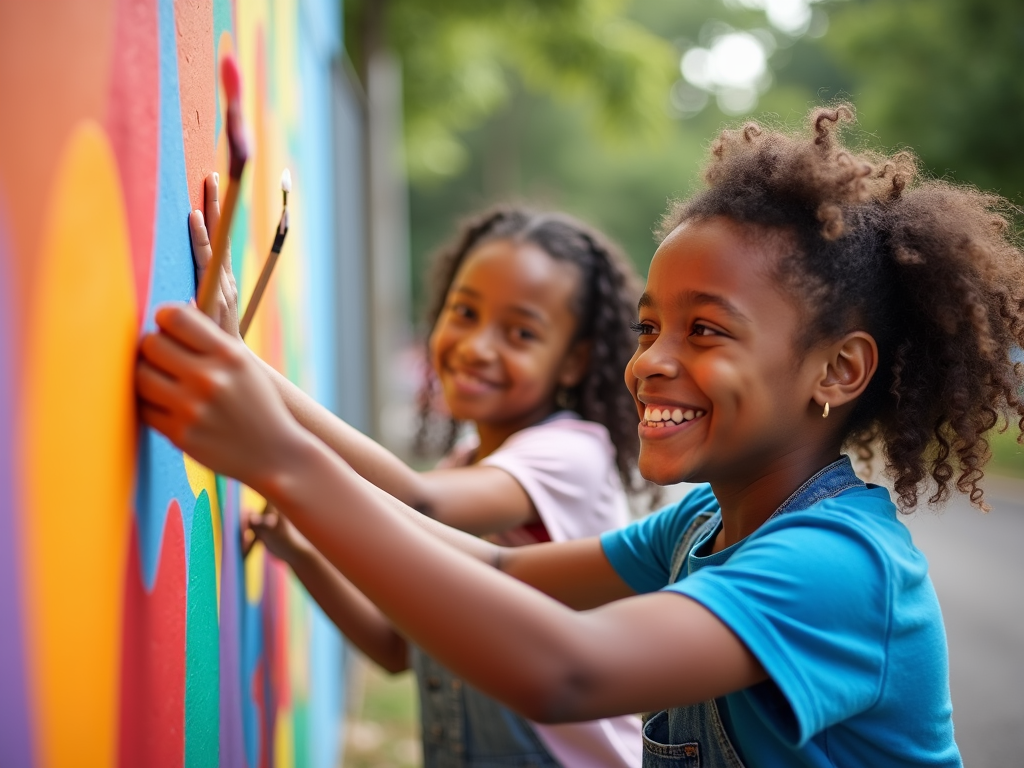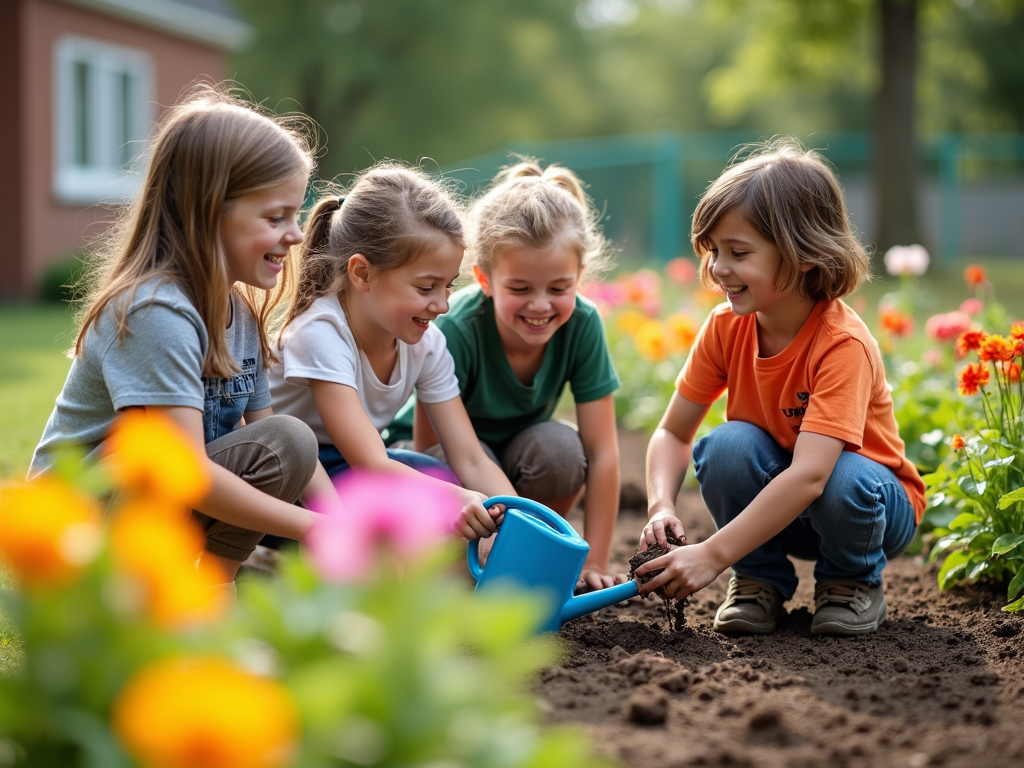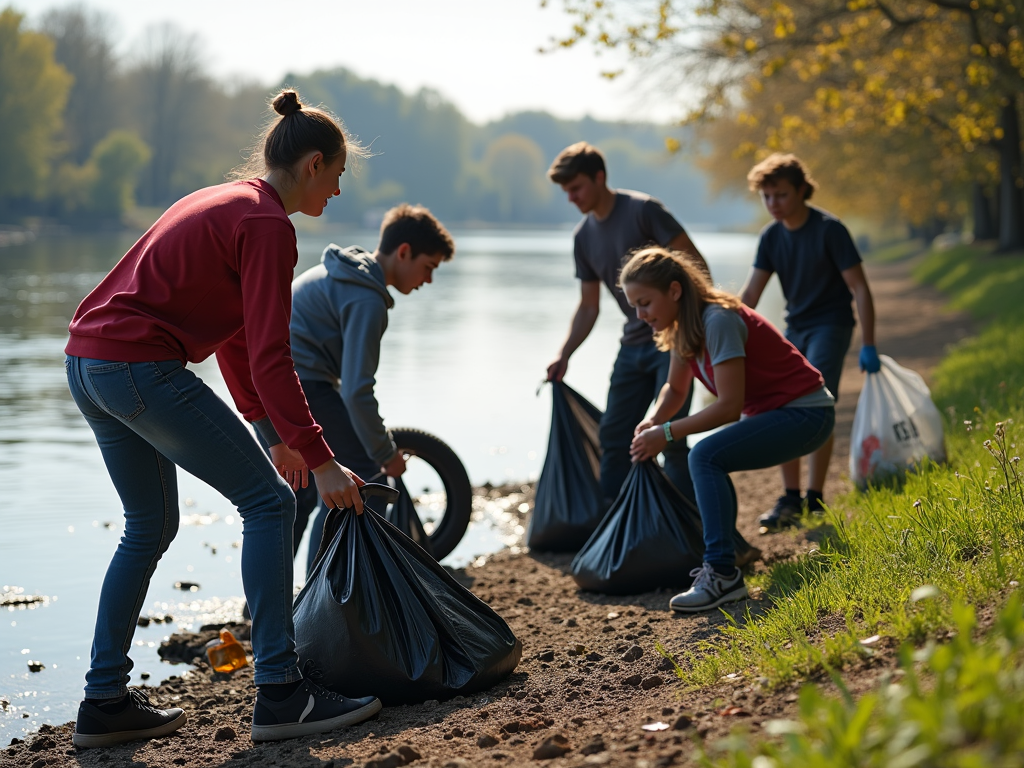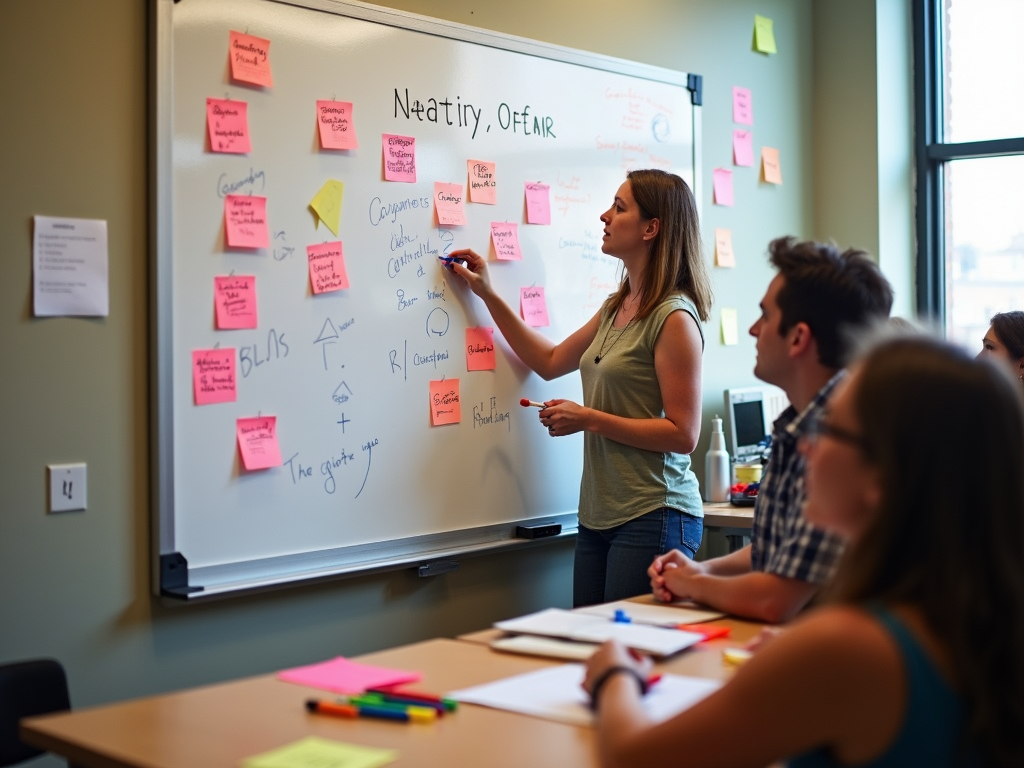Understanding the Role of Service Learning in Education
By , March 9, 2025
Service learning is an exciting way to bring education to life. It mixes classroom learning with hands-on community service, letting students use what they learn to make a real difference. Understanding the role of service learning in education means seeing how it deepens knowledge, builds skills, and inspires students to care about their communities.
What Is Service Learning?
Service learning isn’t just volunteering—it’s a teaching method that ties academic lessons to community action. Students work on projects that help others while connecting to what they’re studying. This approach makes learning meaningful and shows students why their education matters.
Imagine a history class where students interview veterans to create a local archive. They’re not just reading about the past—they’re preserving it. That’s service learning: active, purposeful, and tied to the classroom.

Why Service Learning Matters
Service learning does more than teach facts—it changes how students see the world. Here’s why it’s so powerful:
- Deeper Learning: Applying lessons to real problems helps students remember and understand more.
- Life Skills: They learn to solve problems, work in teams, and communicate clearly.
- Community Connection: It builds service learning and civic engagement, encouraging students to stay involved long-term.
I’ve seen this firsthand. In a project I helped with, high schoolers built raised garden beds for a food pantry. They learned about soil science and nutrition while feeding their neighbors. The pride on their faces was unforgettable.
Benefits for Everyone
Students aren’t the only ones who gain. Teachers get to try fresh teaching ideas, and communities see real improvements. Here’s a quick breakdown:
| Who Benefits | How They Benefit |
|---|---|
| Students | Gain skills and confidence |
| Teachers | Build stronger lessons |
| Communities | Solve local challenges |
When students volunteer through service learning, everyone wins. It’s a cycle of growth and goodwill.

How to Make Service Learning Work
Setting up service learning takes effort, but it’s worth it. Here’s how to do it right:
- Set Clear Goals: Decide what students should learn and how it fits the class.
- Find Partners: Team up with local groups that need help and share your goals.
- Plan Together: Make a schedule and assign tasks so everyone knows what to do.
- Reflect Often: Have students talk or write about what they’ve learned—it locks in the lessons.
- Check Results: Look at what worked for students and the community to make the next project even better.
Good planning turns service into learning gold.
Real-Life Examples
Service learning fits any subject or age. Here are some ideas that shine:
- Math Class: Middle schoolers calculate costs to refurbish a playground, then raise funds and fix it up.
- English Class: College students write stories for kids at a shelter, practicing writing while spreading joy.
- Science Class: Elementary kids plant a pollinator garden, learning about insects and helping bees thrive.
These projects show students their skills matter. I once saw a shy student bloom while teaching younger kids to read during a service project. That’s the magic of service learning.

Overcoming Common Hurdles
Service learning isn’t always easy. Here’s how to tackle the big challenges:
- Not Enough Time: Fit projects into class time or homework so it doesn’t overwhelm anyone.
- Limited Money: Ask local businesses for supplies or apply for small grants.
- Hard to Measure: Use simple tools like journals or surveys to see what students learned.
I’ve watched teachers get creative—like using a school bus to visit project sites. With a little flexibility, the obstacles melt away.
Stories That Inspire
Let me share a moment that stuck with me. A group of teens I worked with cleaned up a riverbank for a science class. They tested water samples and hauled out trash, grumbling at first. By the end, they were racing to find the weirdest junk—a rusty bike won. They learned about pollution and teamwork, but they also felt like heroes. That’s what service learning can do: turn effort into pride.

What’s Next for Service Learning
The future looks bright. Schools are focusing more on hands-on learning, and service learning fits perfectly. Plus, technology is opening new doors. Students can now join virtual projects—like tutoring kids online across the globe.
Picture this: a student in Texas helping a village in Kenya build a water filter, all through video calls. It’s learning without borders, and it’s coming fast.
Tips for Teachers
If you’re new to service learning, start small. Pick a project that’s easy to manage, like a school cleanup day tied to an environmental lesson. Listen to your students—they’ll tell you what excites them. And don’t skip the reflection part; it’s where the real growth happens.
I’ve found that kids surprise you. Give them a chance to lead, and they’ll run with it.

A Growing Movement
Service learning is catching on because it works. Studies show students who do it are more engaged in school and more likely to volunteer later in life. It’s not just about grades—it’s about building better people.
I’ve seen quiet kids find their voice and struggling learners light up when their work helps someone. That’s the heart of it: real impact, real growth.
Wrapping It Up
Understanding the role of service learning in education shows us it’s more than a trend—it’s a game-changer. It brings lessons to life, strengthens communities, and shapes students into thoughtful, active citizens. Whether it’s planting gardens or writing for a cause, service learning proves education can change the world, one project at a time.
